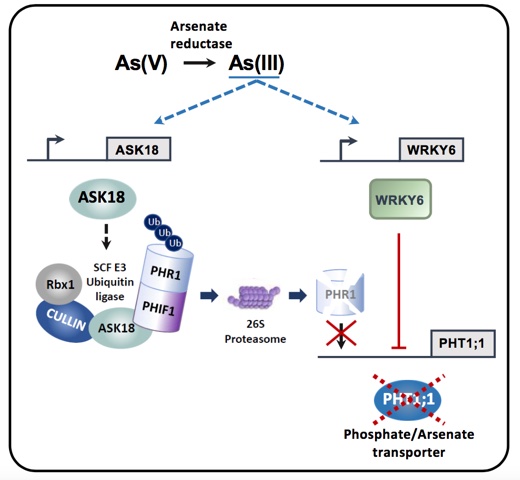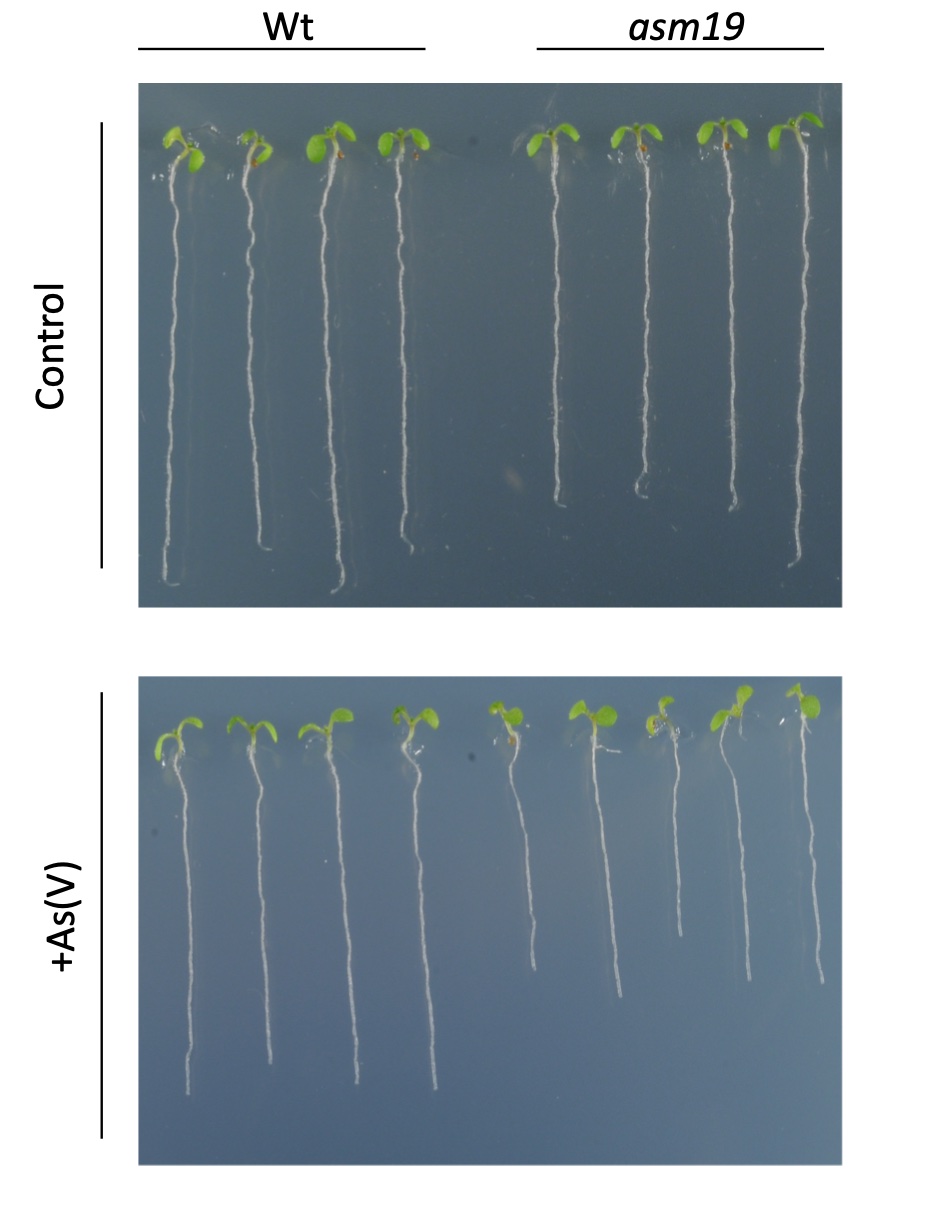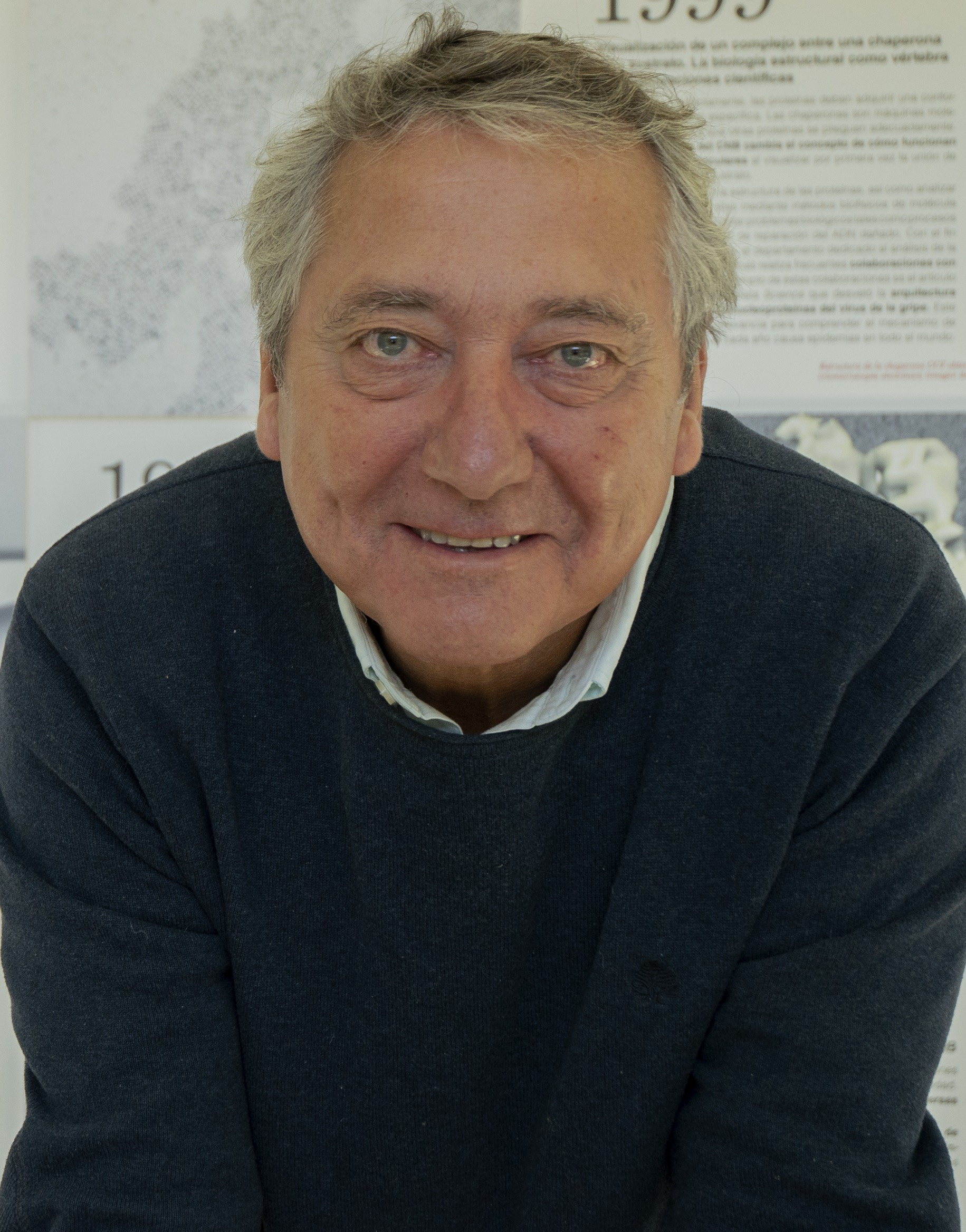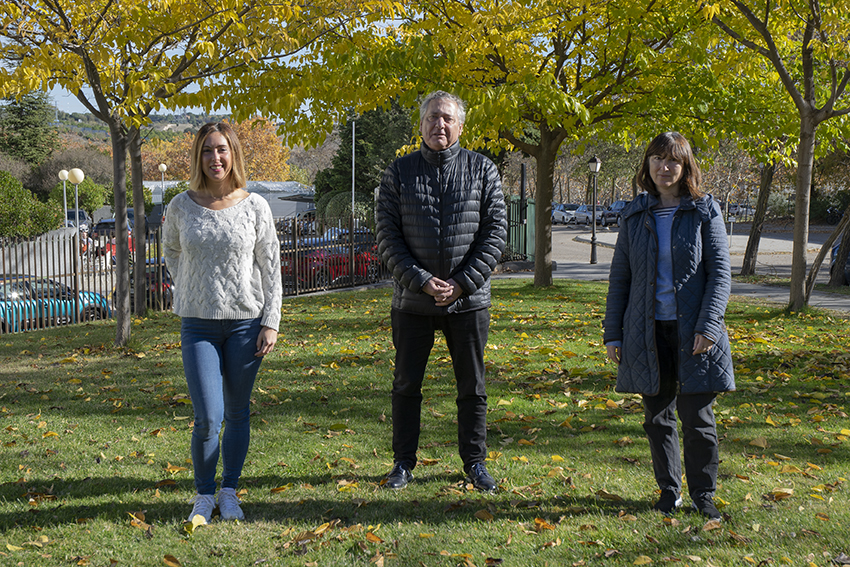Antonio Leyva
Group Leader
Research summary
The particular interest of my group is the identification of relevant genes involved in soil and water phytoremediation and/or nutrient uptake.
Publications
Navarro C, Mateo-Elizalde C, Mohan TC , Sánchez-Bermejo E, Urrutia O, Fernández-Muñiz MN, García-Mina JM , Muñoz R, Paz-Ares J, Castrillo G, Leyva A. Arsenite Provides A Selective Signal that Coordinates Arsenate Uptake and Detoxificacion Involving Regulation of PHR1 Stability in Arabidopsis thaliana. Mol Plant. 2021 May 25;S1674-2052(21)00181-7.
Mateo C, Navarro M, Navarro C, Leyva A. Arsenic phytoremediation: Finally, a feasible approach in the near future (2019). In Environmental Chemistry and Recent Pollution Control Approaches, ed. Hugo Saldarriaga-Noreña. IntechOpen, London
Puga MI, Rojas-Triana M, de Lorenzo L, Leyva A, Rubio V, Paz-Ares J. Novel signals in the regulation of Pi starvation responses in plants: facts and promises. Curr Opin Plant Biol 2017; 39: 40-49.
Navarro C, Arbaoui S, Mateo C, Bettaieb T, Leyva A. Arsenic, the Silent Threat: New Phytoremediation strategies for contaminated soils and waters. In Phytoremediation Methods, Management and Assessment, Environmental Research Advances 2017; ed. Vladimir Matichenkov, pp 27-59. Nova Science Publishers, New York.
Mohan TC, Castrillo G, Zarco-Fernandez S, Navarro C, Ramireddy E, Zamarreño AM, Paz-Ares J, Muñoz R, García-Mina JM, Hernandez LE, Schmülling T & Leyva A. Cytokinin determines thiol-mediated arsenic tolerance and accumulation. Plant Physiol 2016; 171: 1418
Plants have an extraordinary capacity to capture large quantities of nutrients and toxic compounds including heavy metals and arsenic. Arsenic can enter into the food chain through water consumption or crops (particularly rice) and therefore is considered a silent threat to public health.
For the last two years we kept working on the characterisation of the molecular mechanisms involved in arsenic perception and detoxification. Recently we finished the characterisation of a ubiquitination complex involved in the degradation of the transcriptional activator of the arsenate/phosphate transporter (Navarro et al., Molecular Plant; 2021 Figure 1).

Figure 1 legend: Proposed model for the control of As(V) uptake in Arabidopsis roots. As(V) is transported inside the cell by the Pi transporter PHT1;1. As(V) is then rapidly reduced to As(III) by the action of the arsenate reductase ARQ1. As(III) signalling modulates the major regulators of PHT1;1 by inducing the transcription of WRKY6 (PHT1;1 repressor) and ASK18 a component of the SCF complex that interacts with the F-box protein PHIF1. PHIF1 targets the PHR1 (the PHT1;1 activator) for protein degradation. As a result of these coordinated events, PHT1;1 expression is repressed and As(V) uptake is reduced.
We also followed different approaches to identify the key transcriptional activator of the arsenic responses using genetic and in silico strategies. In this context, we identified several transcription factors involved in the regulation of the arsenic response (Figure 2). In parallel we screened an Arabidopsis collection of Iberian natural accessions for arsenic tolerance and performed a Genome-wide association study, identifying several candidate genes.
Finally, here at the CNB, we performed a study of the natural variation of arsenic accumulation in duckweed, a hyperaccumulator aquatic plant with tremendous phytoremediation potential. To this end we obtained a new collection of duckweed natural accessions in collaboration with Carlos Alonso-Blanco at the CNB. Furthermore, we just finished a European project funded by the LIFE programme that aimed to use duckweed to extract nitrogen and phosphate form pig slurry in order to be used as a fertilizer.
In the near future we aim to study Arabidopsis natural variation of the ionome in relation with arsenic response to understand the interconnected regulatory networks between arsenic and mineral nutrients. The idea will be to identify new mechanisms underlying metal and arsenic extraction in order to improve bio-fortification and phytoremediation capacity in plants.

Figure 2 legend: As(V) sensitive phenotype of wild-type and asm19 mutant. Plants were grown in horizontal plates containing 10 µM Pi alone (control) or in combination with 15 µM As(V) for 8 days.








